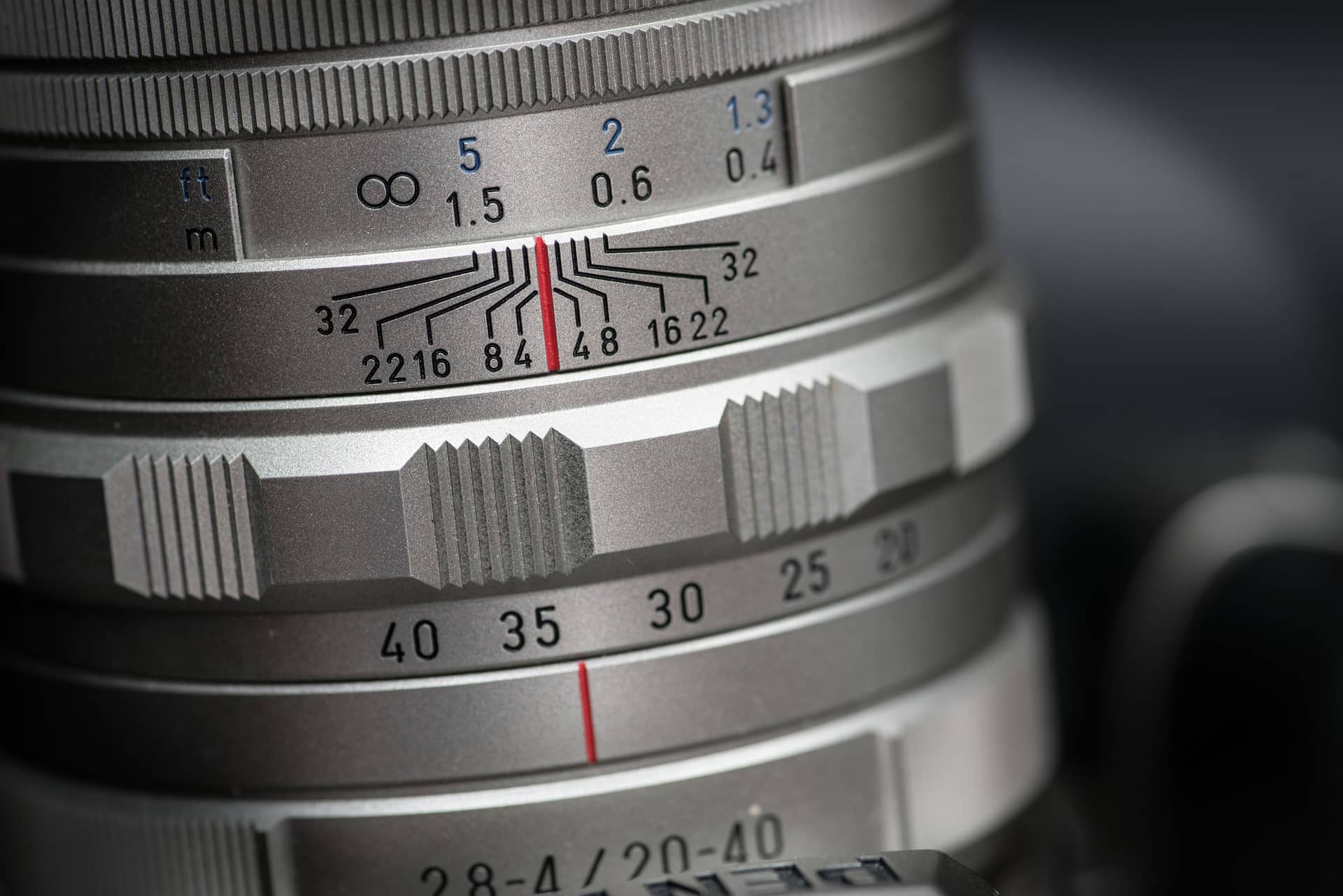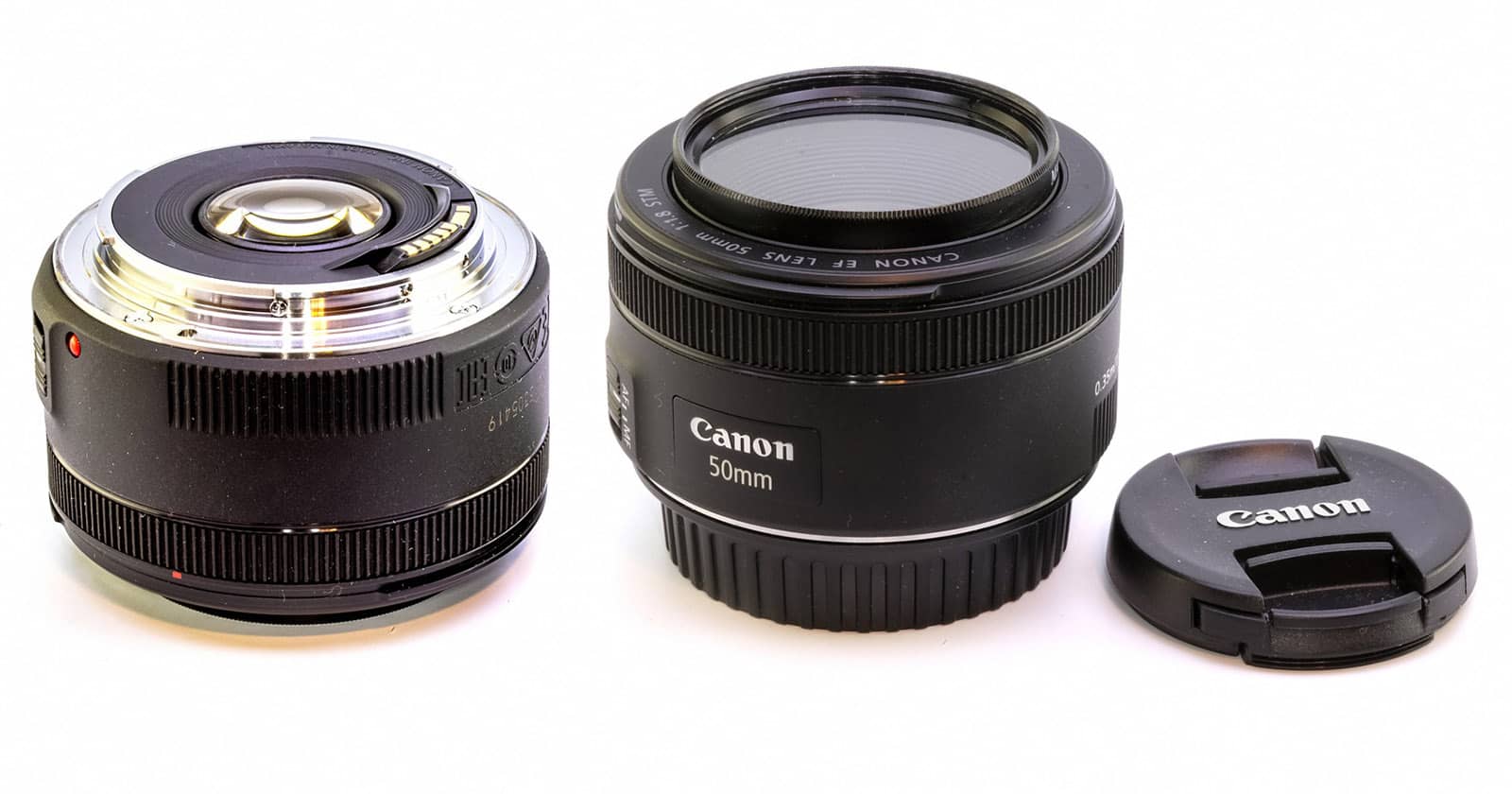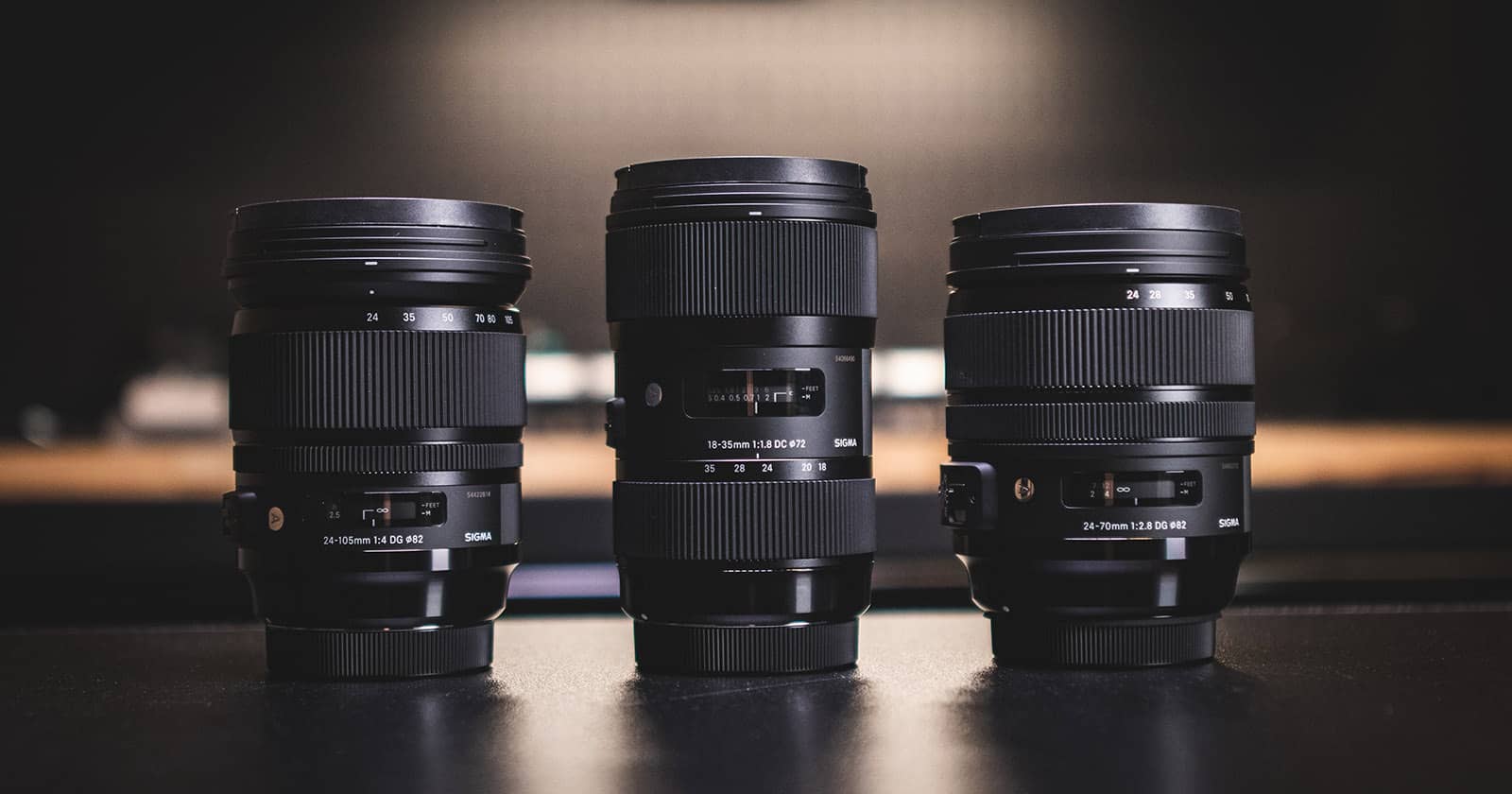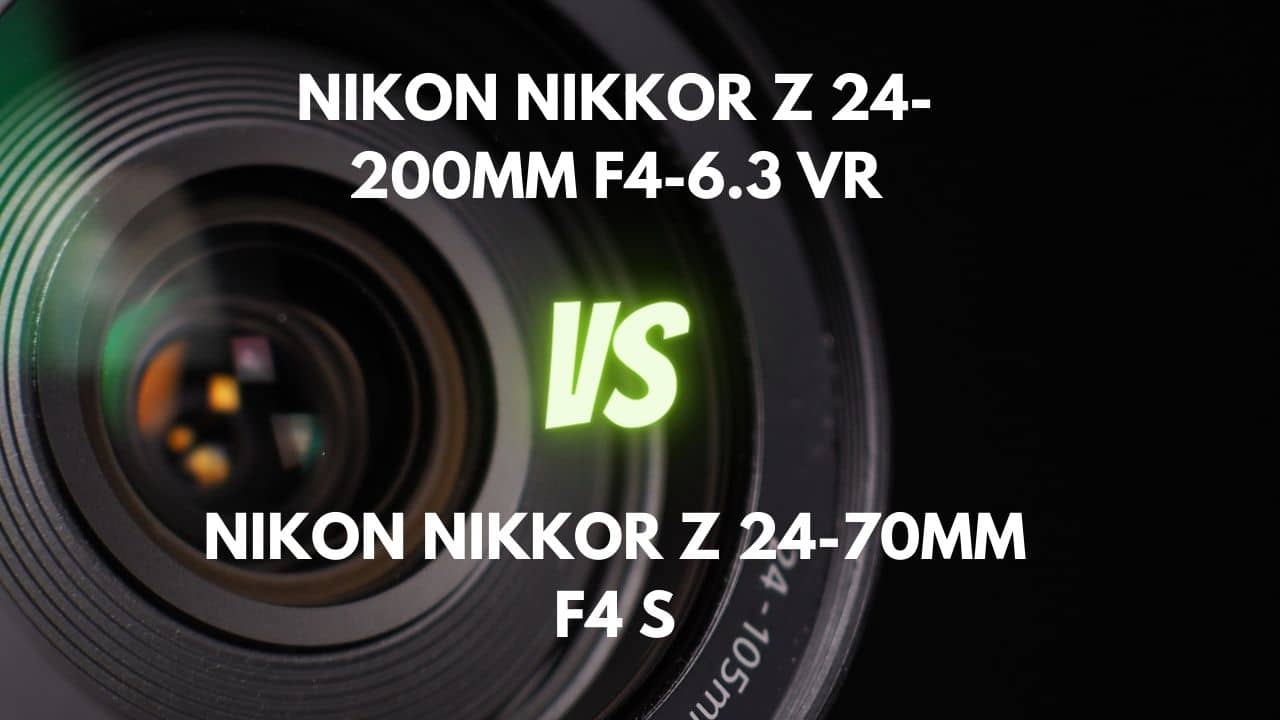The 85mm is a prime lens with a trendy focal length. It’s widely considered the best focal length for shooting portrait imagery.
For photographers who shoot for a living and practice portrait photography as something that they do, 85mm is a focal length that they can hardly overlook.
And why limit to only portrait photography? Fashion photographers and even weddings and travel photographers use the focal length for their work. So, the 85mm is a versatile focal length.
Contrary to the popular belief that you cannot do more than shoot portraits with this lens, the 85mm can be helpful for various photography sojourns.
In this discussion, we’ll take a closer look at the 85mm. We’ll explore its various uses and determine if it’s a good fit for photography genres where it’s not typically the first choice. Additionally, we will examine its strengths and its weaknesses.
What is an 85mm lens?
The 85mm is a short telephoto prime lens designed primarily to shoot portrait photography. It’s a fast prime lens, often with a maximum aperture of f/1.8. It can capture much light and has no trouble working in low-light situations.
Most 85mm lenses are designed to work with full-frame cameras, with a few available that are also designed for the micro four-thirds system. Many of these lenses designed for the full-frame camera system are also compatible with APS-C cameras.
The crop factor will be applied when you mount an 85mm lens on an APS-C camera. If you use the Nikon AF-S NIKKOR 85mm F/1.8G on a crop camera like the D7500, the lens’s effective focal length will become 127.5mm.
On a micro four-thirds lens, the effective focal length of a lens such as the Rokinon 85mm f/1.8 becomes 170mm. That’s ideally for a little bit of sports photography. However, I feel the lens is short for wildlife and birding. A typical birding and wildlife photography lens should be around 300mm, and the effective focal length of a 170mm lens falls short of it.
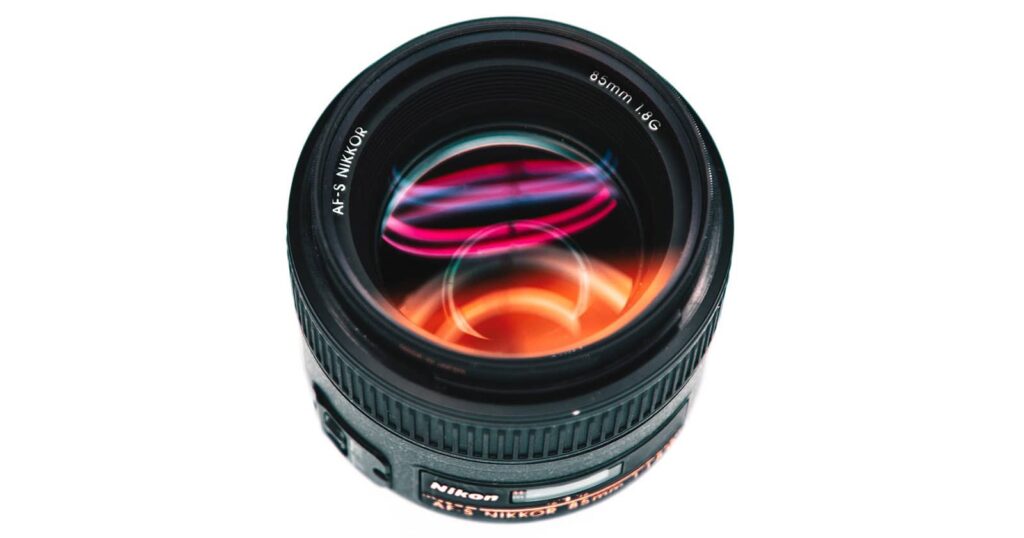
Why are 85mm lenses so good for portrait photography?
Beautiful bokeh
One of the primary reasons the 85mm lens is used is to capture beautiful bokeh.
Bokeh is considered the quality of the out-of-focus effect in an image. When you’re shooting a portrait image, if you use a wide-open aperture, the subject’s background and foreground will appear out of focus.
Bokeh refers to not only the blur in the background of a photo, but also the smoothness and aesthetic quality of that blur.
The 85mm lens is known for producing beautiful bokeh, but the exact quality depends on the aperture used and the lens’s number of aperture blades.
It also depends on the shape of those aperture diaphragm blades. Many lenses have straight aperture diaphragm blades, and the shape of the bokeh produced isn’t rounded. On the other hand, some lenses have rounded aperture diaphragm blades. These lenses produce perfectly round bokeh.
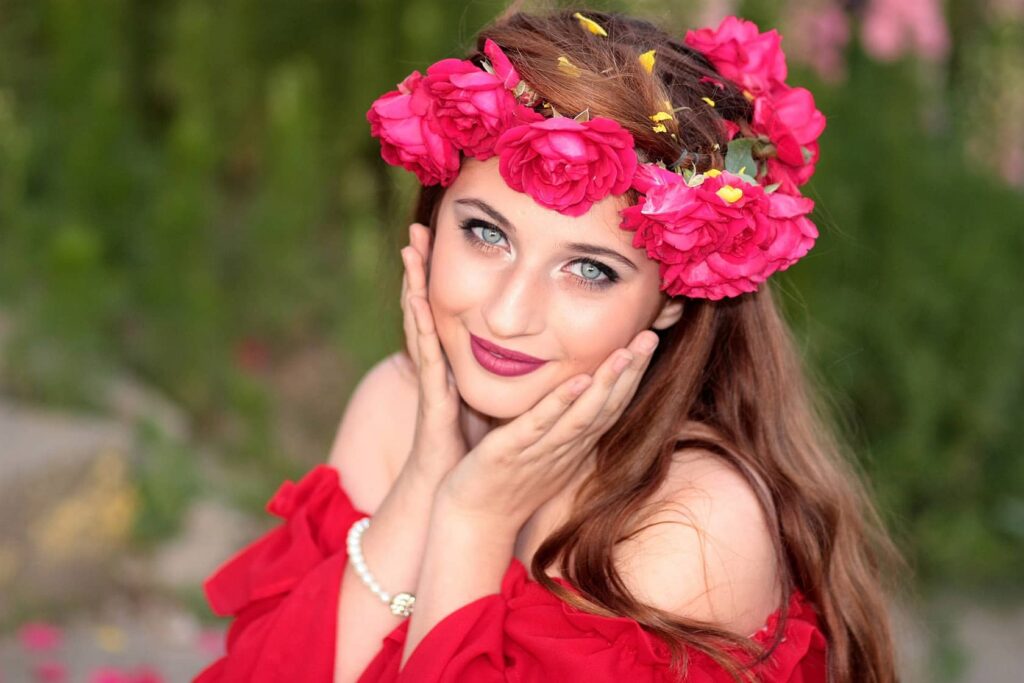
Capture the facial features in beautiful proportions
The 85mm lens is an excellent choice for taking portraits. While other lenses such as the 105mm or 135mm can also offer unique perspectives, the 85mm is particularly well-suited for portraits due to its many benefits.
It offers better bokeh, tighter composition, just the right amount of working space for your subject to work with, and much more.
Plus, I feel that the 105mm and the 135mm are too distant and the human connection between the photographer and the subject isn’t there with these lenses. The 85mm is neither too close, like 50mm, nor too far, like 105mm or 135mm. It’s just about the right focal length for shooting portraits.
Tighter compositions
As I mentioned above, the 85mm gives you the right amount of space between the camera and the subject, allowing you to produce tighter compositions.
If you wish to leave out more space around your subject, you can shoot with a wider focal length, allowing you to shoot things like environmental portraits.
I love doing that when I am shooting with a 35mm prime. But the 85mm is a different tool. It allows you to take a few steps back and leave room for your subject to breathe in and feel comfortable. Yet, at the same time, the 85mm lets you get close and make tighter compositions.
Give working room to your subjects
Not everyone standing up to a camera is a comfortable poser. I rarely work with models. They give beautiful expressions, but sometimes I look for sincerity and honesty, which is possible when working with amateurs. And that’s why I love working with them. That said, the problem with working with amateurs is that you’ve to be patient with them. Also, you’ve to give them confidence at every step. Talk to them and tell them they’re doing an excellent job in between shots. Their personal space is essential for amateurs, so the 85mm focal length is a good option.
Versatility of the lens
The 85mm lens is a versatile and popular choice among photographers. Its performance and handling make it a go-to lens for many.
Additionally, its compact size makes it a great option for travel photographers looking to take portraits while on the go.
The only thing I don’t like about this lens is that it does not zoom like the 24-70mm or the 70-200mm, two lenses that are useful for travel and everyday photography.
With the 85mm, you will have to stick to one focal length. But you can use the lens innovatively and shoot in different orientations to capture the different photography styles.
What is an 85mm lens used for?
For Weddings
If you’ve been thinking of choosing a lens for wedding photography, there may be other priorities than the 85mm. Most photographers choose the 24-70mm or the 70-200mm, depending on their style. Some choose to use the two lenses on two different bodies.
I have used the 50mm prime for portraits, which does a good job. But I recommend the 85mm if you’re interested in a solid second lens for your setup.
The 85mm shoots great portrait images in both portrait and landscape orientations. And you can use this lens for shooting group photos as well. In portrait orientation, you use this lens to shoot full-length portraits of the groom and the bride.
Additionally, you can use this lens to capture candid shots at a wedding. The 85mm focal length gives you some amount of space between you and your subject, and that allows you to shoot without getting noticed. At least not like the 50mm or the 35mm prime.
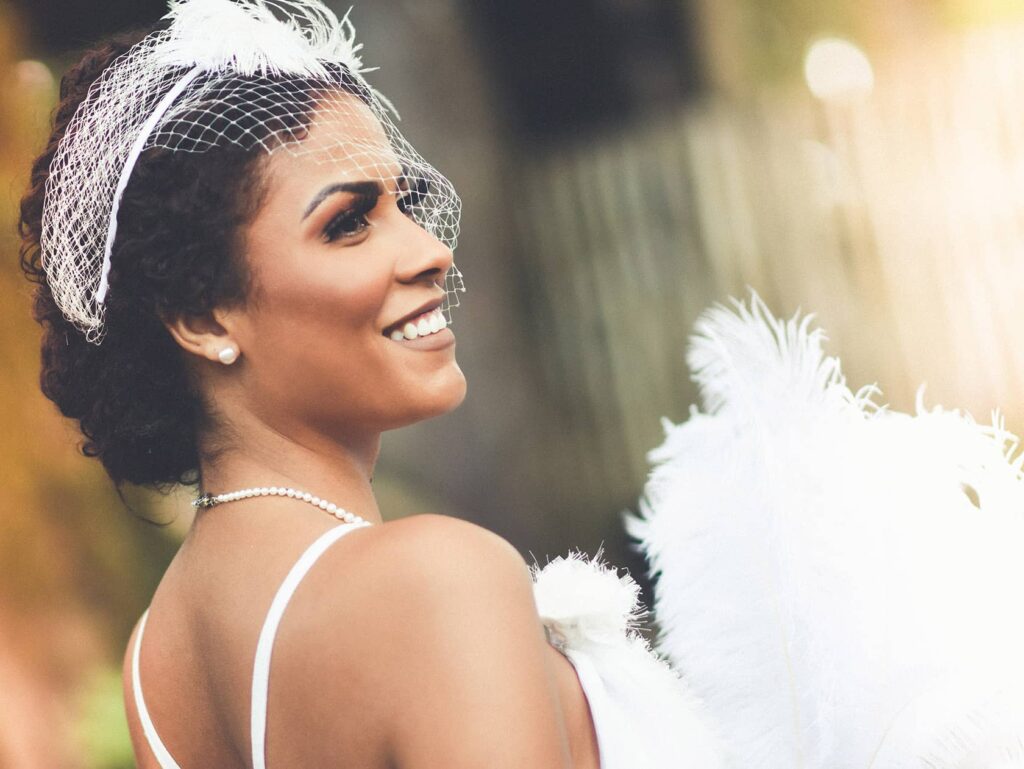
For Street Photography
One advantage of the 85mm lens is that it is slightly longer than standard prime lenses like the 50mm or 35mm. This allows for more distance between the photographer and the subject, which can be useful in street photography, where the goal is often to capture candid moments without the subjects being aware of the photographer.
While it’s okay to abandon other lenses, the 85mm can be a great option for street photographers who are just starting out and looking for a lens that allows them to capture candid moments.
Macro Photography
An actual macro lens offers a magnification ratio of 1:1, meaning a small subject appears life-size on the sensor.
There are dedicated macro lenses such as the Canon RF 85mm f/2 Macro IS STM. This lens offers a maximum magnification of 1:2. That means the lens offers half of the life-size magnification. And no, this isn’t an actual macro lens, either. But the lens offers at least a larger magnification than the standard 85mm.
If you buy the Canon RF 85mm f/2 Macro IS STM, you can shoot both macro and traditional portrait images with this lens. The fast f/2 aperture will also be good enough for capturing some decent background blur. For shooting macro photos, however, you’ve to stop down the lens to ensure that you get a large depth of field.
For Landscape Photography
The 85mm can be a good landscape lens for its super sharp optical qualities.
The only thing that would be tricky to handle is that the focal length will appear too long.
But it can create a niche of its own regarding the perspective it would shoot from. Plus, you can always take a few steps back and shoot from a distance to mimic the same field of view that your 35mm or broader lens captures with your camera. But I think that is unnecessary.
It creates a different perspective, and you must learn to use that when shooting landscape photography. I can even shoot with a 200mm lens and still find that lens giving me frames I can live with.
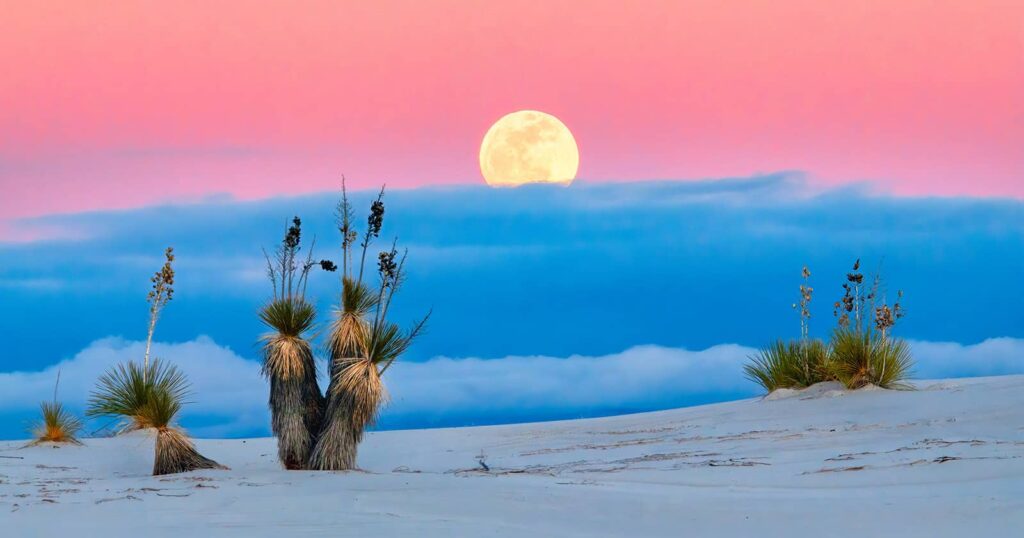
For Video Photography
The 85mm is a slightly longer focal length compared to the 35mm or 50mm. For pure video work, 85mm is not the first choice. However, this lens will not disappoint you if you know how to use itas a videographer. The lens’s sharpness will entice both still and video shooters, and the bokeh is superb.
Of course, there are multiple 85mm lenses, and not all are optically similar in quality. When I am referring to an 85mm, I am referring to the likes of the Nikon 85mm f/1.8, the Canon EF f/1.8, and the Canon 85mm f/1.2. There is also the superb ZEISS Batis 85mm f/1.8. These lenses are superb and offer excellent bokeh and image quality. Even in this mix, the Canon EF f/1.8, the cheapest of the lot, offers excellent performance that can give the 85mm f/1.2 a run for its money.
For Product Photography
Many photographers have asked whether the 85mm is a good lens for shooting product photography.
When you talk about product photography, there are many aspects to it. You’ve food photography, wine, and small products like watches and fine jewelry photography.
You can shoot automobiles as well. So, depending on the kind of product you’re dealing in, the style you’ll imbibe in your work determines the lens you select.
The 85mm offers an angle of view of about 28 degrees. That narrow perspective will not be suitable if you love shooting wide. The lens can be best used for highlighting minor aspects of the product. Let’s say that you’re shooting photos of an automobile. You will have to focus on the vehicle’s aspects that entice you. The logo, the door handles, the close-up view of the character lines, the front grill, the steering wheel, and so on.
Similarly, if you’re shooting food photography with this lens, you can use this lens to shoot a tight perspective of the food item. Working with this lens is challenging because the angle of view is so tight. But you can use this to eliminate all the distractions and focus on the food. Call it a lens for food portraitures.
The large aperture of the lens benefits someone who loves shooting with ambient light. You can use that light to produce interesting images using the wide-open aperture.
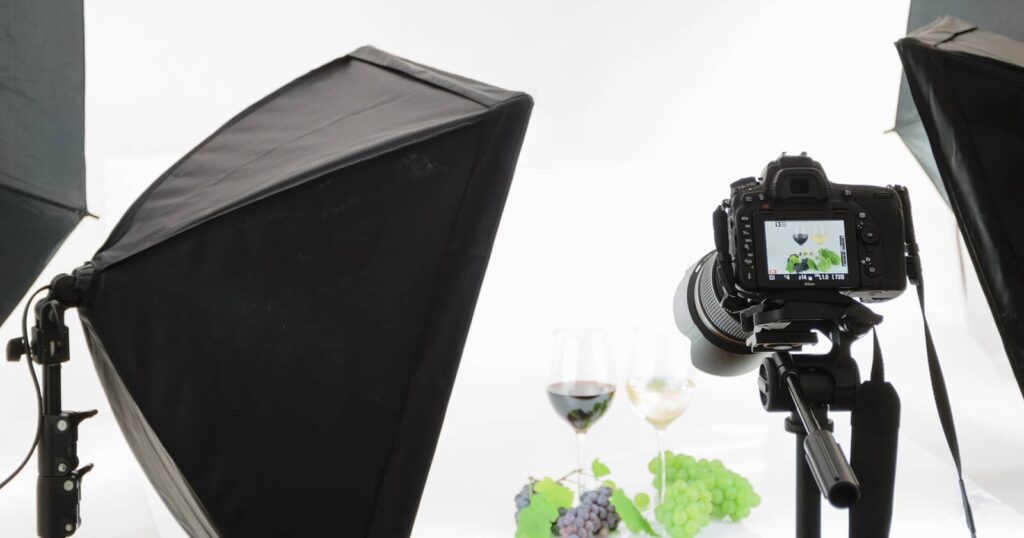
For sports and wildlife photography
The biggest issue with the 85mm is that its focal length is shorter. It falls woefully short of a reasonable focal length for shooting wildlife, birds, and sports –300mm. Another disadvantage of the 85mm is that it’s incompatible with any teleconverters that Nikon makes. Here is a chart of the teleconverters that Nikon makes and the lenses that they’re compatible with. As you can see, the 85mm isn’t a part of this chart. That means you can’t even use the 85mm with a teleconverter to increase the lens’s effective focal length.
For shooting travel photography
Travel photography involves a mixture of people, landscapes, streets, portraits, and other everyday photography.
The 85mm is a problematic focal length for all those genres. It’s undoubtedly one of the best, if not the best, focal lengths for shooting portraits. It can also be used for shooting street photographs and tighter landscape compositions.
But as a photographer, you must understand how to work with this focal length and work around its limitations to use it for great photos. As a photographer, the 85mm is thus a challenging focal length for shooting travel photography.
FAQs about 85mm Photography
Is an 85mm lens a wide-angle lens?
The 85mm isn’t a wide-angle lens. This means the lens offers an angle of view that’s narrow—roughly about 28 degrees. This captures a thin slice of the scene in front of the camera.
Is 85mm a macro lens?
A vast majority of 85mm lenses are not macro lenses. They do not have macro properties. That means the lens does not offer a 1:1 magnification ratio.
To further elaborate, the lens cannot capture a life-sized reproduction of a small subject on the imaging sensor at the back of the camera.
That said, 85mm lenses have semi-macro properties. The 85mm f/2 lens comes with a 1:2 magnification property. However, even though that lens does not qualify as an actual macro lens, it at least offers a larger magnification option than regular macro lenses.
How far back to stand with an 85mm lens?
The minimum focusing distance when working with an 85mm lens is about 35cm. That means the space between the front element of the lens and the object being photographed should be at least 35cm. That being the minimum working distance, you can stand several steps behind if you want to capture a full-length portrait (in portrait mode).
Is an 85mm lens good for full body shots?
The 85mm is a good lens for capturing full-body shots. The tight angle of view can be used to shoot full-length portraits when standing a few feet away from the subject. However, you’ve to remember that the lens will not be able to do the same if you shoot in landscape mode.
Conclusion
The 85mm is a versatile lens. Considering the myth around it that suggests that it’s the best focal length for shooting portraits, many photographers think that this lens isn’t much helpful in shooting anything other than portraiture.
However, as we have seen in this discussion, the limitations of the 85mm are primarily in mind. If you know how to use it, you can use it differently.
As we have seen in this discussion, you can use it to shoot landscape photography, product photography, weddings, and other genres.


